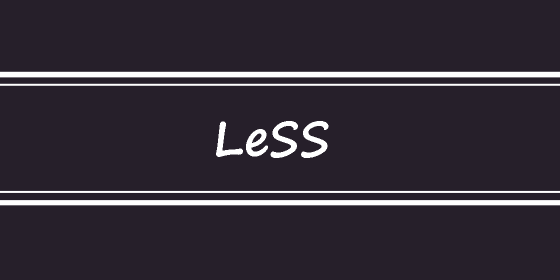LeSS

LeSS stands for Large Scale Scrum and is a framework for how to extend Scrum to cover a large product organization.
Scaling Scrum starts with understanding standard one-team Scrum. From that point, your organization must be able to understand and adopt LeSS, which requires examining the purpose of one-team Scrum elements and figuring out how to reach the same purpose while staying within the constraints of the standard Scrum rules.
Agile development with Scrum requires a deep organizational change to become agile. Therefore, neither Scrum nor LeSS should be considered as merely a practice. Rather, they form an organizational design framework.
LeSS provides two different large-scale Scrum frameworks. Most of the scaling elements of LeSS are focused on directing the attention of all of the teams onto the whole product instead of “my part.” Global and “end-to-end” focus are perhaps the dominant problems to solve in scaling. The two frameworks – which are basically single-team Scrum scaled up – are:
- LeSS: Up to eight teams (of eight people each).
- LeSS Huge: Up to a few thousand people on one product.
LeSS is a scaled up version of one-team Scrum, and it maintains many of the practices and ideas of one-team Scrum. In LeSS, you will find:
- a single Product Backlog (because it’s for a product, not a team),
- one Definition of Done for all teams,
- one Potentially Shippable Product Increment at the end of each Sprint,
- one Product Owner,
- many complete, cross-functional teams (with no single-specialist teams),
- one Sprint.
In LeSS all Teams are in a common Sprint to deliver a common shippable product, every Sprint.
~ The LeSS Framework (https://less.works)